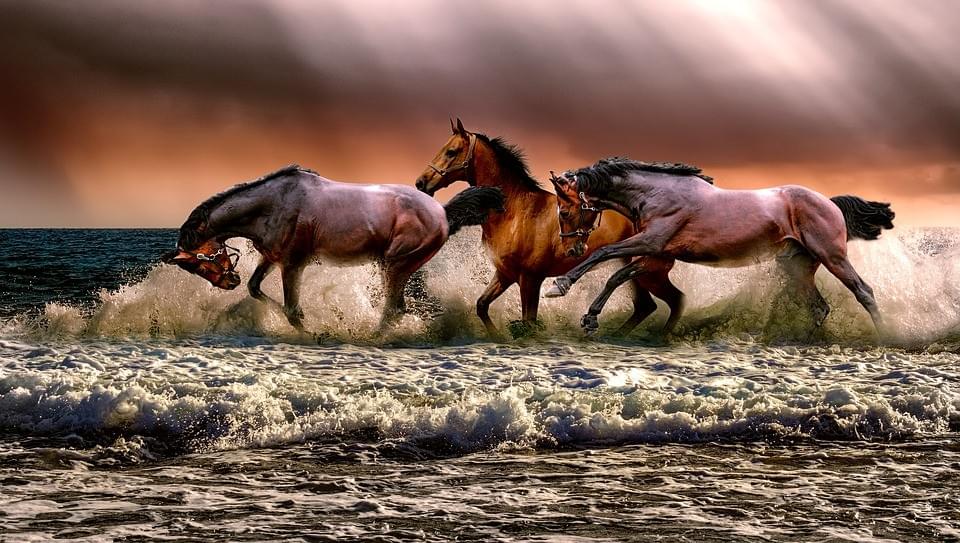
Navicular disease is one of the most common diseases that affects the forelimb lameness of the athletic horses. However, the symptoms are not detected in the ponies as well as the donkey. The disease will affect the horse's navicular bone that sits in the hoof at the back of the coffin bone where the chronic condition causes the horse to feel so much pain. These symptoms carry several names such as navicular syndrome, navicular disease and caudal heel pain but referencing the same condition. Most of the studies do not show a positive results on treatment and the horse occasionally remains to possess a lame walk. The syndrome is more likely to be a complex pathogenesis because the general agreement will connect to a biomechanical component rather than a specific disease entity. The structure of the distal limb will provide a large role of the processing of this disease that causes the lameness of the horse.
Today, various research has flooded positive results on how to address the slow down or eliminate the problems or find some approach to minimize the discomfort of the horses. But because the disease is both chronic and degenerative, it only provides some relief to make them better but they will not be cured. One way to diminish the pain is to provide a proper shoeing to their feet and administer an appropriate trimming to eliminate inaccuracy to their balance. Foot care is extremely carried out to provide a phalangeal alignment and balance, in this way, horses can walk straight without any disturbances to their protruding nails and damaged shoes that they are wearing.
Navicular disease generally affects the feet of the horses in various degrees, however it can be detected when the single leg is always raised up than the other part. One of the comprehensive observations of having these navicular diseases is when the horse will gallop when doing a tight circle in the corner. This will transparently show that the animal will suffer tremendous pain when doing an active action because of the inconvenience that it offer.Further observation can be detected when the horse will switch his leg on the inside to avoid its lameness. Of course, navicular disease will be generally observed when the horse is on the active activity rather than resting process. Here is more info that will help you get the best Equine Bone and Joint Support.
Medicating or managing these navicular diseases has usually been administered in some categories. For pain alleviation, injecting a corticosteroid to the coffin joint will remarkably improve the situation. Drugs that have a vascular or hemodynamic effect may be useful and the other is the biomechanic where the proper trimming and appropriate shoeing plays an important role. However, none of these procedures will be universally recognized to be the effective way to eliminate the disease. Most of the medical application that is best to relieve the pain of these horses is the use of the anti-inflammatory drug that decreases the pain for a little while. But nevertheless, these processes should be done by a medical expert that maintained a degree of animal science that involves animal medication.